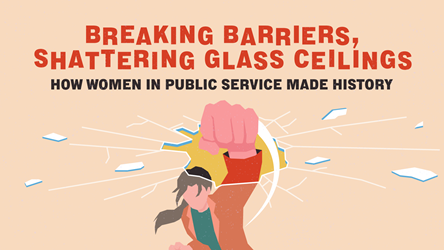Designing For Users At The Edges To Benefit All

Going out and about? Soon, all you’ll need is a smartphone for payments and identity verification.
For a start, you can keep your physical NRIC safely at home. With the Singpass app, you have a Digital IC you can use to prove your identity at government counters and venues such as public libraries and polyclinics. Businesses can also use the Digital IC as an alternative method of identity verification.
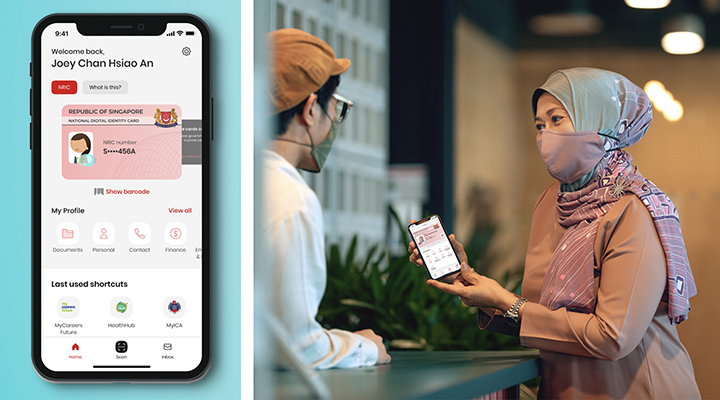
Shifting Perceptions
In March 2021, the refreshed Singpass brand was launched to shift users’ notion of Singpass from a login service to Singapore resident’s digital identity.
The rebranded Singpass is no longer “just a Two-Factor Authentication (2FA) login to government digital services”, says Mr Tay Li Soon, Senior Product Manager, National Digital Identity. At GovTech, he works with cross-functional teams to prioritise and implement features, and manages the product lifecycle to meet users’ needs.
With several new features launched in 2020, Singpass has been extended to private sector services, with enhanced features like digital signing.
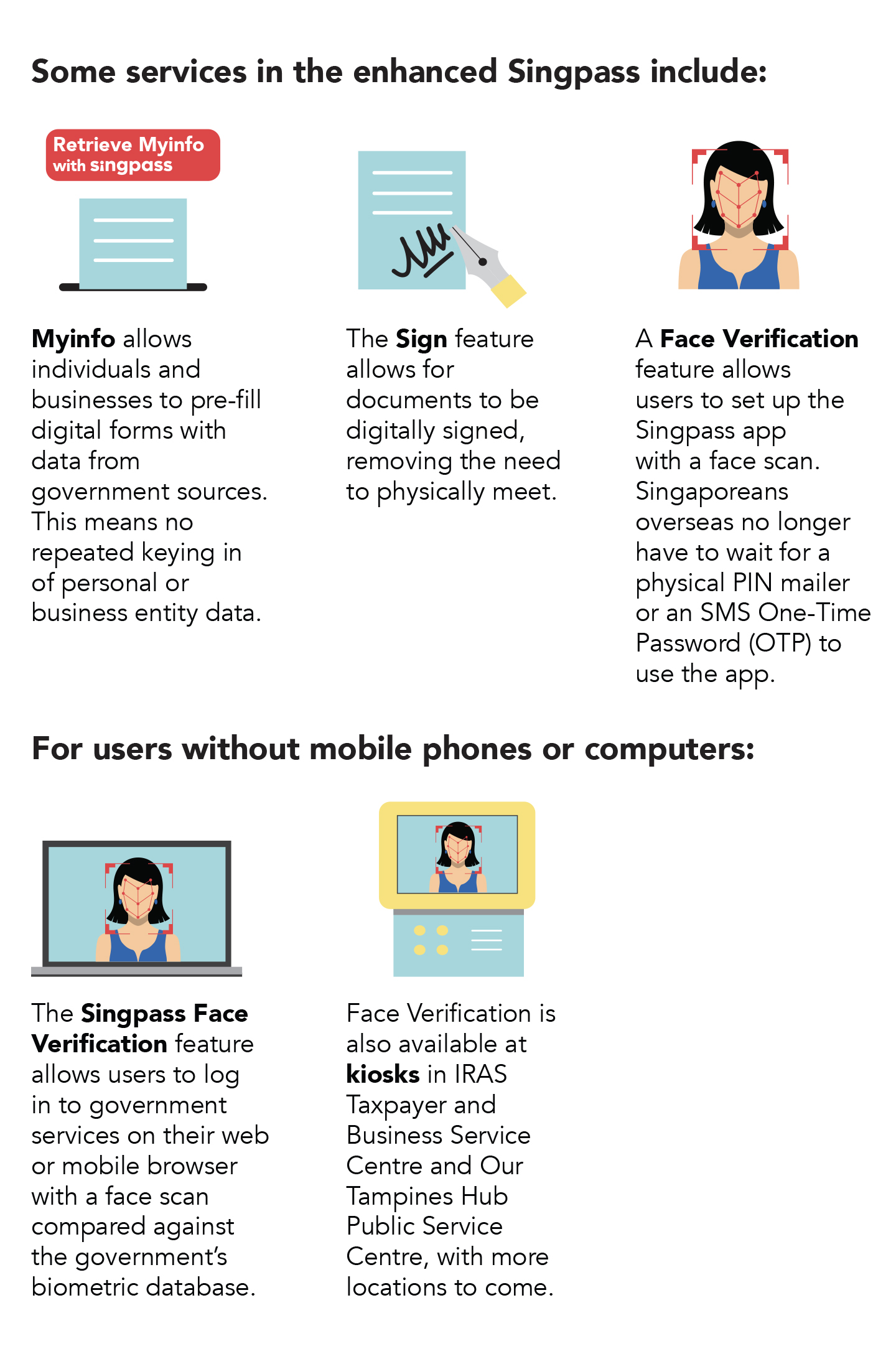
The rebranding exercise began with a perception study on the necessary changes for Singpass, with the design and technical work, such as creating the new logo, coding and testing across platforms, ramping up in late 2020.
Involving a revamp to the website and app, a major challenge was to coordinate the technical “go live” dates for various Singpass products, which were managed by different teams during the rebranding exercise, says Li Soon.
Behind the scenes, each Singpass product – the website, app and application programming interfaces – and its team operated on different release schedules. “We had to converge on a small window of time, such that from the public’s point of view, the refreshed Singpass brand was reflected overnight,” he says.
In a rebranding exercise such as this one that involves multiple teams and stakeholders, change management and communication are critical.
Li Soon adds: “With frequent check-ins, and by ensuring that cross-functional teams are clear of their roles, we were able to identify minor hiccups early, resolve them as soon as possible and realign the teams’ responsibilities to keep to the timeline.”
Designing for Accessibility
At GovTech, a team of User Experience (UX) designers conducts user testing and research to understand users’ needs and design better digital experiences.
Ms Gloria Chua, a UX Designer in the Experience Design and Strategy unit, explains the need for Singpass to be inclusive: “Singpass is a gateway for secure access to all government services – if the gateway is not accessible, then none of the services are.”
She defines accessibility as designing for people at the edges, who may have physical or sensory disabilities (e.g., vision, motor, hearing), specific emotional needs (e.g., anxiety) or different cognitive capacities.
“Designing for the edges benefits everyone in between as well. For instance, a product designed for someone who has a single arm will also help other users – for example, a commuter holding onto an MRT handrail, or a mother carrying her baby in one arm.”
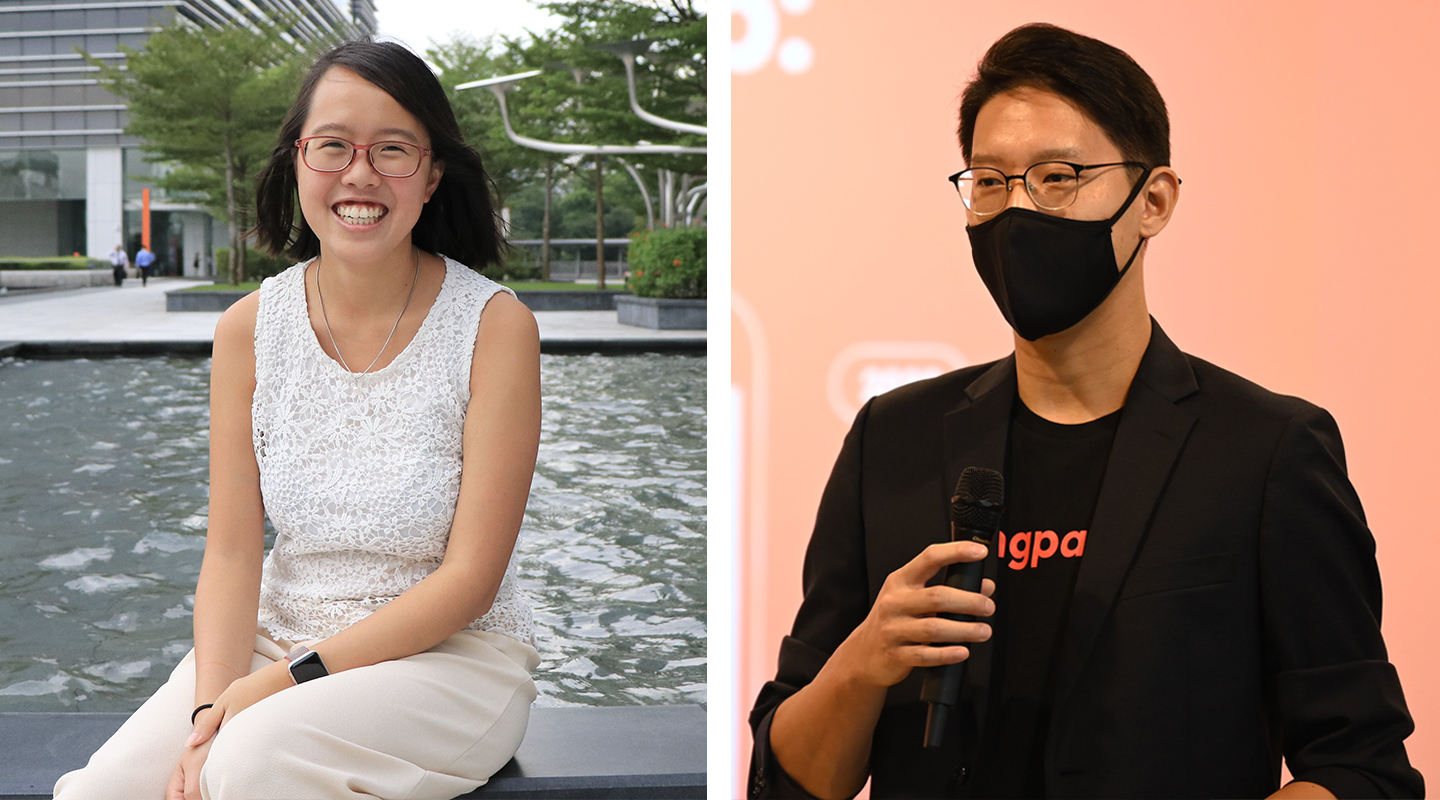
Li Soon adds: “We started designing for the edges early in our development process to cater for people with permanent or temporary disabilities (e.g., an injured arm).”
The team began with a research project to understand the needs of communities at the edges, such as people with disabilities, single mothers, the elderly and more.
Some insights from user testing sessions that shaped the app’s development:
- As a guiding principle: Be succinct. Provide just enough information for the user to proceed at every step of the user journey.
- As a process: Use existing technologies that are familiar to users, such as Apple VoiceOver or Android TalkBack when designing accessibility features.
Li Soon says: “People typically use their Singpass app to complete a specific task, and their goal is clear: to do so quickly.”
Adding options that may seem minor and simple, such as enlarging the font size to improve legibility, can make a huge difference for users. The team prioritises such improvements for users’ convenience and ease of use for the next earliest update.
Other changes, such as Face Verification as a 2FA option, require more time to develop, as multiple considerations must first be worked out. These include how data will be shared securely between different government systems, what policies are in place and the operational requirements to maintain the system and the data.
Addressing Users’ Concerns
Users’ concerns tend to revolve around four themes. This is how the Singpass team addresses them.
Convenience: Is it easy to use?
Design the user flow such that users won’t need to think twice.
Legitimacy: Is it real?
Ensure that the app feels official and authorised.
Assurance: Is it reliable? Can I trust it?
When users perform high-stake actions, help them feel like you’ve got their back.
Security: Is it safe?
Protect users from malicious actors and threats.
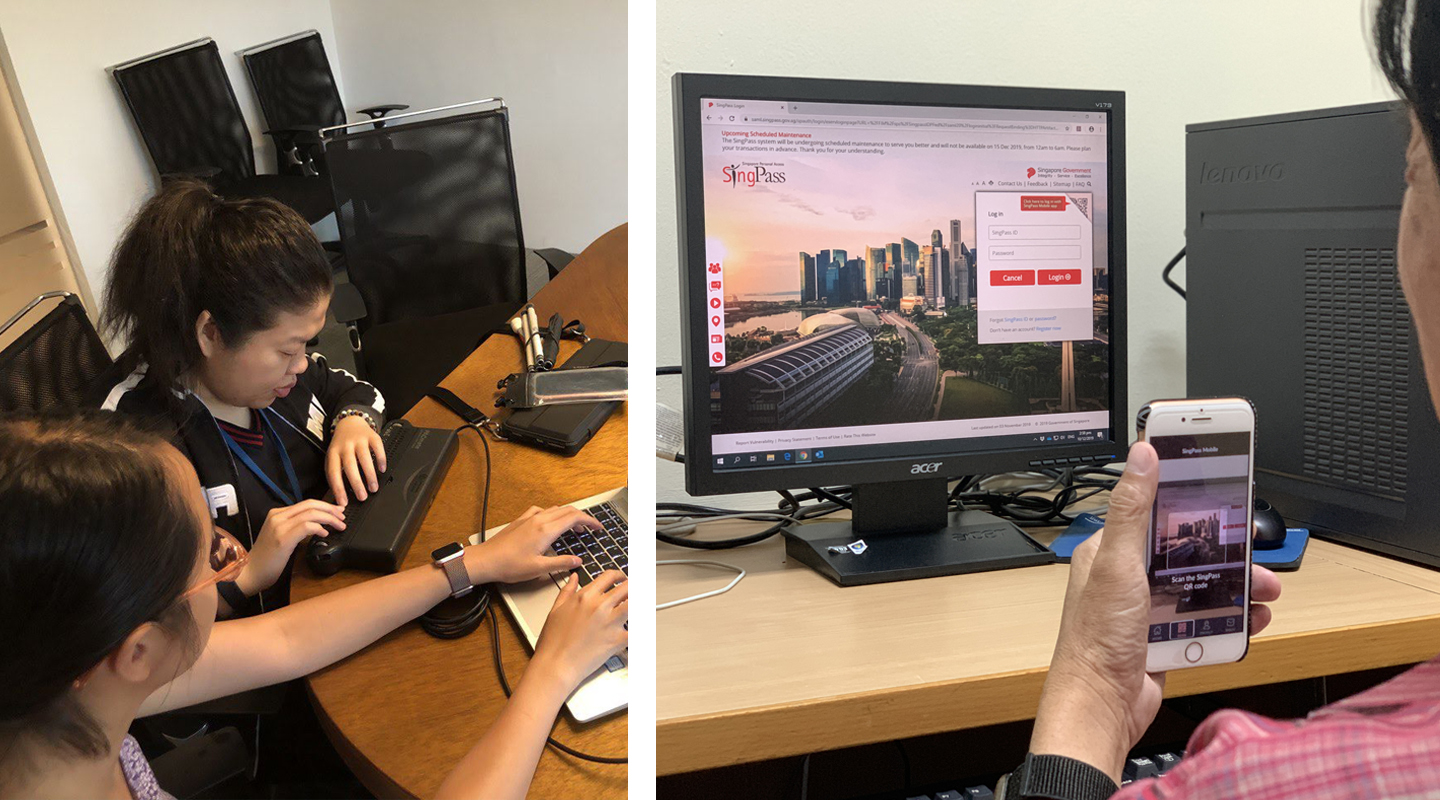
A Virtuous Cycle of Empowerment
During user testing and engagement, the team learnt that besides making services more functionally accessible, the app should empower people with a sense of agency and independence.
For example, many services tend to stop at enabling a caregiver to help people with disabilities. They forget that the latter would also like to “feel the sense of accomplishment that comes with completing actions independently”, says Gloria.
A proud moment for the team was hearing from a project manager after a user research session with a completely blind user. Gloria recalls the product manager leaving the session in awe, saying: “I had no idea that blind people use our app!”
She adds: “Moments like these create a virtuous cycle where the team recognises the importance of accessibility, and users benefit from the improvements and are keen to provide more feedback. This cycle helps both the app and the team behind it become better at what we do.”
More To Look Forward To
By the end of 2021, key pages on the Singpass website and app will be offered in Singapore’s four official languages. The team is also experimenting with an in-app solution that makes it easier for users to get help. This may include live step-by-step guides, callouts for new features, and just-in-time information for specific scenarios, Li Soon says.
The Singpass team will further explore three main areas: how to help users manage both their personal and corporate identities, how to speed up digital transformation among government agencies and private organisations across sectors, and how to extend digital services beyond Singapore’s borders.
“We envision a future where the digital identity goes beyond an ID card, and users can transact confidently through a chain of seamless actions,” says Gloria.
WATCH: Edwin Khoo from the Singapore Association of the Visually Handicapped shares how the Singpass app’s accessibility features have helped the visually impaired community.
WATCH: How Singpass improved lives
PARTNER: Companies interested in using Singpass services can visit the Singpass API Developer and Partner Portal
Singpass Stats
Singpass, Singapore’s national digital identity system, is one of several Smart Nation projects to improve citizens’ lives, create opportunities for businesses, and transform the Public Service’s capabilities.
- Over 4 million Singpass users
- More than 3 million users are on the app since its launch in October 2018
- Singpass enables access to over 1,700 digital services by 460 government agencies and private organisations
- More than 300 million transactions are conducted using Singpass annually

To get more stories like this, subscribe to the Challenge Telegram channel.
- POSTED ON
Nov 11, 2021
- TEXT BY
Siti Maziah Masramli
- PHOTOS BY
GovTech
- ILLUSTRATION BY
Yip Siew Fei





